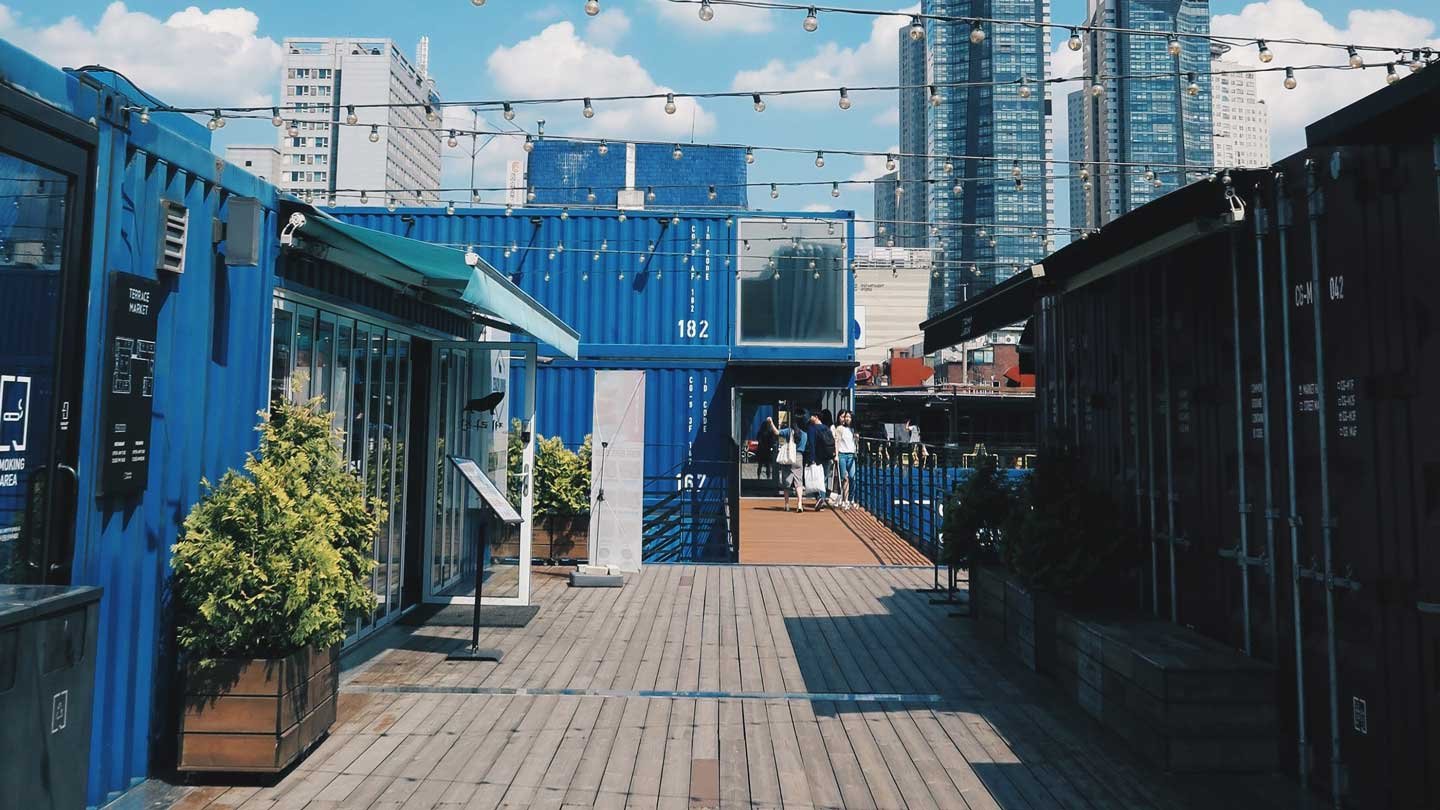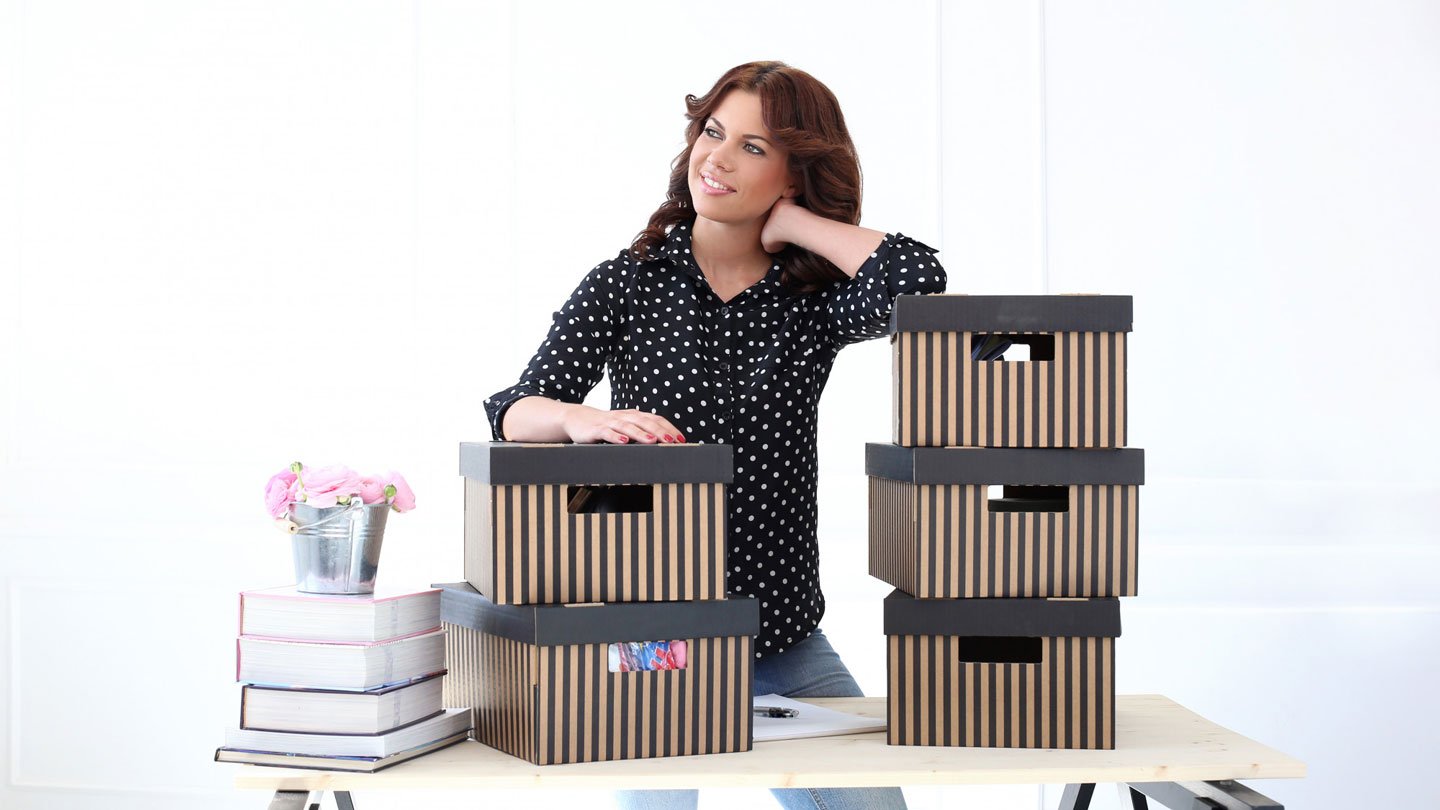Modular storage containers are a great way to store your items, but they don’t offer the same level of space and flexibility as a regular home. In this article, we will compare the two types of homes and determine which is best for you.
What Are Modular Homes?
Modular homes are made up of individual units that can be assembled in a variety of configurations. They’re becoming increasingly popular because they’re more energy-efficient and customizable than traditional homes. Modular homes can also be more affordable than traditional homes, and they’re less likely to suffer from damage caused by natural disasters.
What Are Storage Containers?
Storage containers in New York are pieces of furniture that are used to store items. They come in a variety of shapes and sizes, and can be used to store anything from clothes to furniture. Storage containers are often modular, meaning they can be stacked on top of each other to create a larger storage space.
The Space and Flexibility of a Modular Home
Modular homes offer a lot of flexibility and space for your needs. The homes are typically made up of many small, easily movable units that can be stacked on top of each other to create more space. This allows you to customize your home to your specific needs, whether that means having more storage or being able to move things around more easily.
The Cost of a Modular Home
Modular storage containers come in all shapes and sizes, with prices ranging from around $100 to over $1,000. Modular homes are becoming more popular every year, but they can also be quite expensive to build. A modular home typically consists of a series of small, self-contained units that can be assembled or disassembled as needed. This means that the cost of a modular home is largely dependent on the size and features of the unit you choose.
The Maintenance of a Modular Home
Modular homes are built to be more sustainable and require less maintenance than traditional homes. However, there are a few things that need to be done on a regular basis to keep the modular home in good condition.
One of the most important things is ensuring that the roof is maintained so that it can keep out the rain and snow. The roof must be checked for leaks, repaired as necessary, and kept clean. If there are any problems with the roof, it must be fixed as soon as possible so that water does not get inside and damage the walls or flooring inside.
Other common maintenance issues for modular homes include checking windows for screens and seals, fixing any broken tiles or seals around doors and windows, checking gutters for debris buildup, caulking cracks in walls or ceilings, checking plumbing system for leaks and stoppages, changing light bulbs when required (especially if they are LED), cleaning carpets if necessary (especially if pets live in the home), performing an annual energy audit to ensure appropriate insulation levels are being met, and general upkeep of exterior surfaces.
A modular home offers many benefits over a traditional home, including:
-Modular homes can be broken down and moved when necessary, which makes them easier to maintain than traditional homes.
-Modular homes typically require less maintenance than traditional homes, since they don’t have the same issues with leaks and weather damage.
-Modular homes are typically energy-efficient, which can save you money on your electric bill.
If you need more space or flexibility than a modular home can offer, then a storage container may be better for you. However, if you don’t mind paying a little extra for space and comfort, then a modular home may be right for you.


















